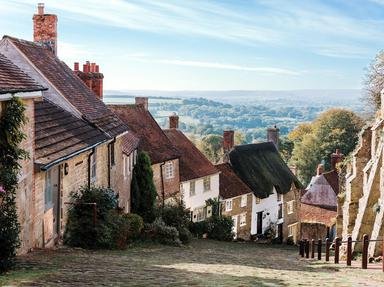Quiz Answer Key and Fun Facts
1. The city of Hereford gave its name to Hereford cattle, a breed primarily kept for the production of what commodity?
2. Hereford United, a club that once played in the second tier of English football, played its home games at which stadium until its demise in 2014?
3. Hereford sits on the banks of which river, the fifth-longest in the UK?
4. Which lauded 18th century actor and long-term manager of the Theatre Royal, Drury Lane was born in Hereford in 1717?
5. Hereford is one of the three English cathedral cities that hosts the annual Three Choirs Festival. What are the other two?
6. The Royal National College for the Blind moved to Hereford in 1978, but was originally founded in London over 100 years earlier. Why did it leave its original home city?
7. Born in Hereford in 1944, the American actor and puppeteer Frank Oz was also a successful film director. Which of these comedic horror movies did he direct?
8. The head of which Lancastrian leader - the stepfather of King Henry VI and grandfather of King Henry VII - was displayed on Hereford's Market Cross after his defeat at the Battle of Mortimer's Cross during the Wars of the Roses?
9. Hereford Cathedral Library is notable for being the largest surviving example with what unusual feature?
10. Which English king was granted the title of Earl of Hereford in 1058, eight years before he took, and then swiftly lost, the throne?
Source: Author
Fifiona81
This quiz was reviewed by FunTrivia editor
agony before going online.
Any errors found in FunTrivia content are routinely corrected through our feedback system.
